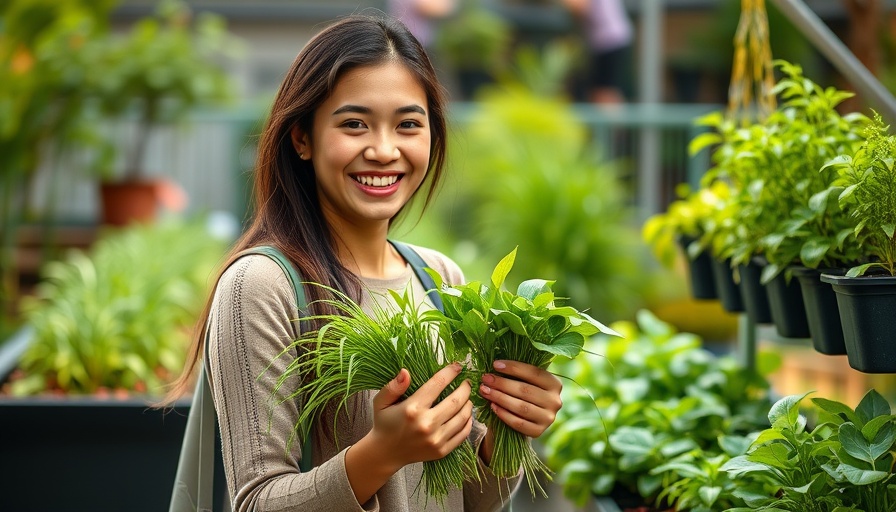
The Hidden Language of Plants: Hydraulic Signaling Explained
If you think your plants are only taking cues from their visible drooping leaves or dropped flowers when they need water, it's time to reconsider. Recent insights from the world of plant science reveal that plants communicate their needs silently and in a complex language that we often overlook. This phenomenon, known as hydraulic signaling, could change how you approach watering your garden.
In Your Plants Are Secretly Stressed: The Science You Can’t See, the discussion dives into the silent signals plants send during water stress, encouraging us to rethink our watering practices.
Understanding Hydraulic Signaling
Hydraulic signaling refers to the way plants use their internal plumbing systems to communicate impending water stress. As the moisture in the soil decreases, plant roots can sense a change in hydraulic pressure. Before any signs of wilting appear above ground, the roots are already sending warning signals that something isn't right. The response is rapid and crucial—plants produce a hormone called abscisic acid (ABA), which instructs the stomata to close, reducing carbon dioxide uptake and ultimately halting growth. This means that even if your plants appear vibrant, they might be in a state of physiological distress. Recognizing this silent scream can be the difference between a flourishing garden and one caught in growth limbo.
Why Waiting Isn’t an Option: The Last Step of Water Stress
For too long, many gardeners have relied on visible cues as a prompt for watering. However, according to Ashley, a seasoned expert in soil science, this approach can lead to detrimental outcomes. The wilting leaves and dropped flowers are merely the last indicators of water stress. Instead of waiting for these alarming signs, proactively monitoring soil moisture levels is paramount. Keeping a continual level of moisture—without oversaturation—can prevent hydraulic stress and encourage healthy growth.
Practical Tips to Prevent Hydraulic Stress in Your Garden
To effectively manage water in your garden, consider adopting these strategies:
- Regular Moisture Checks: Instead of solely relying on visual signals, use your finger to test soil moisture depth. Keeping soil moderately moist prevents hydraulic distress.
- Mulching: Adding a layer of mulch can significantly diminish evaporation and help retain soil moisture. This not only helps in maintaining consistent moisture levels but also protects your plants from temperature extremes.
- Preemptive Watering: Before a forecasted heatwave, heavily soak the soil to prepare your plants. This practice will minimize stress and reduce potential damage, such as blossom end rot in tomatoes.
What Happens When Hydraulic Stress Goes Unchecked?
Failing to heed the early warning signs from your plants can lead to stagnated growth and compromised health. Some gardeners may observe that their plants are not producing new flowers or fruits. Instead of attributing this stasis to temperature fluctuations or other environmental factors, consider that hydraulic stress might be at play, stunting all physiological processes. By understanding how your plants communicate, you can take actionable steps that promote continuous growth rather than recovery from a state of stress.
The Importance of Staying Informed
The Okanagan region is known for its unique climate and vibrant gardening community. But, local gardeners must adapt their practices to counter the localized effects of the sim climate. By grasping the science behind hydraulic signaling, gardeners can tackle challenges that threaten their yields. This knowledge empowers Okanagan gardeners to cultivate not just with intuition, but with a deep understanding of their plants' needs.
Conclusion: Nurturing for Success
Gardening is an art as well as a science. By recognizing the intricacies of hydraulic signaling and implementing strategies to manage soil moisture effectively, you can enhance your garden's productivity significantly. If you're eager to adopt science-based approaches that resonate with your gardening experience, stay informed and proactive.
For those in the Okanagan looking to deepen their understanding of plant care and want to share experiences, we encourage engaging with community forums and local gardening workshops. Let’s grow together!
 Add Row
Add Row  Add
Add 




Write A Comment